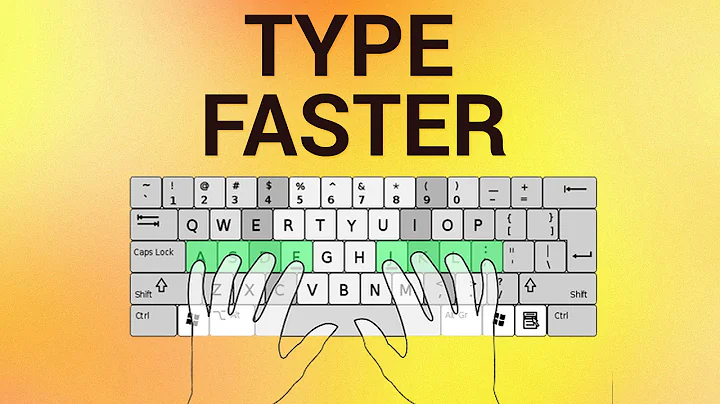How do you hit modifier keys when touch typing?
I haven't seen any touch-typing tutorials myself that really give much credence to the modifier keys. Of course, I learned to touch-type properly some ten years ago now and have been using computers for much longer than that, which may influence things a little.
In the end, all of touch typing boils down to what you find comfortable. There is no One True Way, except that typing should be comfortable for you. Comfort reduces body stress as well as likely reduces the number of mistakes you make.
What I do, which works well for me, is to keep my hands mostly in the home row position, or near it (I will often rest my hands to the sides of the alphanumeric part of the keyboard). As a result, for me the modifier keys are at:
Caps Lock and Left Shift -- left little finger stretched out to the left
Tab (not strictly a modifier key) -- varies, but most often left index finger
Left Control -- left little thinger, pushing down by the base of the finger (for me, this puts the tip of the finger just to the left of Caps Lock)
Left Windows and Left Alt -- varies, but most often left thumb.
Right Alt (known as Alt Gr on non-US keyboards), Right Windows key and Windows Menu key -- most often right thumb (though particularly for the menu key, this moves my right hand from the home position; since those are used relatively rarely, I don't consider that a real problem)
Right Control -- most often right little finger, putting the tip of the finger to the right of Enter
Right Shift -- most often right little finger
Backspace (also strictly speaking not a modifier key) -- most often right ring finger
(And I ended up having to actually specifically try most of these, because for the very most part I don't even consciously think about them, just like I don't consciously think about the positions of the alphanumeric keys; with few exceptions, the intended glyphs just magically appear on the screen as I press down keys on the keyboard.)
For the function keys (F1 through F12), I find that it's often beneficial to move your hands off the home position anyway, so tend to just reach for those with whatever finger happens to be conveniently nearby and that doesn't interfere with any modifier keys needed for the desired function. For the keys that aren't really a part of the alphanumeric set you pretty much have to move your hands anyway so I most often just settle for the finger that happens to "feel right" when the hand rests on the relevant part of the keyboard.
Now, this is for a straight ("non-ergonomic") keyboard; my own keyboard is a 105-key Unicomp Ultra Classic, which is basically the IBM Model M, which is about as without bells and whistles as they come and certainly, I am sure, does not count as "ergonomic" by modern standards (but I like the straight layout). These finger positions may or may not be applicable for other types of keyboards; for example, one of my coworkers has a Microsoft Natural Ergonomic Keyboard 4000 which frankly I simply cannot seem to come to terms with, but which he swears by.
Related videos on Youtube
Bob Ueland
Updated on September 18, 2022Comments
-
Bob Ueland almost 2 years
I am a programmer and I want to learn to touch type. As all programmers know, using modifier keys like Control, Command and Alt are essential. When programming I think that every second or third word I use involves a modifier key. But most touch typing learning software do not address these keys, it is as if they do not exist. Not only do they not let you practice them, they do not even tell you which fingers to use to hit them. Actually there is a touch typing game that I use called StarTyper (http://lidenanna.com) that lets you practice modifier keys and even make up your own custom words containing modifier keys. But not even this game tells you which fingers to use when hitting the modifier keys.
Has anybody addressed this problem. Or are there just homespun methods that work for one person but not for the other?
-
Parthian Shot about 10 yearsPinkie fingers are usually used for
ShiftandCtrl. Personally, I usually use pinkie and thumb forCtrl + Alt, and index finger for F# keys, but I don't know whether that's canonical, hence comment, rather than answer. -
 LPChip about 10 yearsI do it like @ParthianShot, with the exception that I use the q,a and z keys with my ring finger rather than the pinky as I learned at school. I also do not rest my fingers in the starting position, but use muscle memory to find the keys while typing which increases my speed quite a bit.
LPChip about 10 yearsI do it like @ParthianShot, with the exception that I use the q,a and z keys with my ring finger rather than the pinky as I learned at school. I also do not rest my fingers in the starting position, but use muscle memory to find the keys while typing which increases my speed quite a bit.
-
-
Bob Ueland about 10 yearsThanks Michael, I use the same fingers except for Tab and Backspace when I'm using the pinkies (although I've noticed that many touch typers do use right ring finger as you do for Backspace). I wish though that Backspace was not in such odd place on the keyboard since it is one of the most used keys! BTW what do you use for arrow keys? I tend to use right pinkie, but have almost always to look on order to hit the right one.
-
Dan over 6 yearsUsing
Left Windows and Left Alt -- varies, but most often left thumb.: left thumb is in pain (RSI) right now and I'm educating my hand to use alt+tab with both hands now




